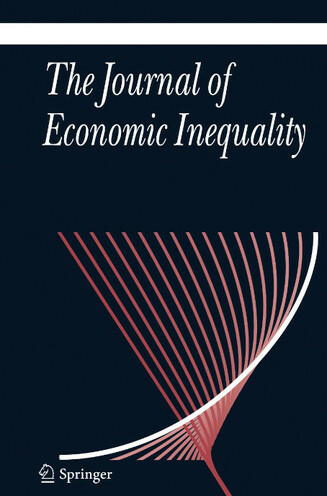RANKING INEQUALITY: APPLICATIONS OF MULTIVARIATE SUBSET SELECTION
ABSTRACT
Inequality measures are often presented in the form of a rank ordering to highlight their relative magnitudes. However, a rank ordering may produce misleading inference, because the inequality measures themselves are statistical estimators with different standard errors, and because a rank ordering necessarily implies multiple comparisons across all measures. Within this setting, if differences between several inequality measures are simultaneously and statistically insignificant, the interpretation of the ranking is changed. This study uses a multivariate subset selection procedure to make simultaneous distinctions across inequality measures at a pre-specified confidence level. Three applications of this procedure are explored using country-level data from the Luxembourg Income Study. The findings show that simultaneous precision plays an important role in relative inequality comparisons and should not be ignored.
Statistics
Web of Science Times Cited
6
Journal Citation Indicator
0.86

